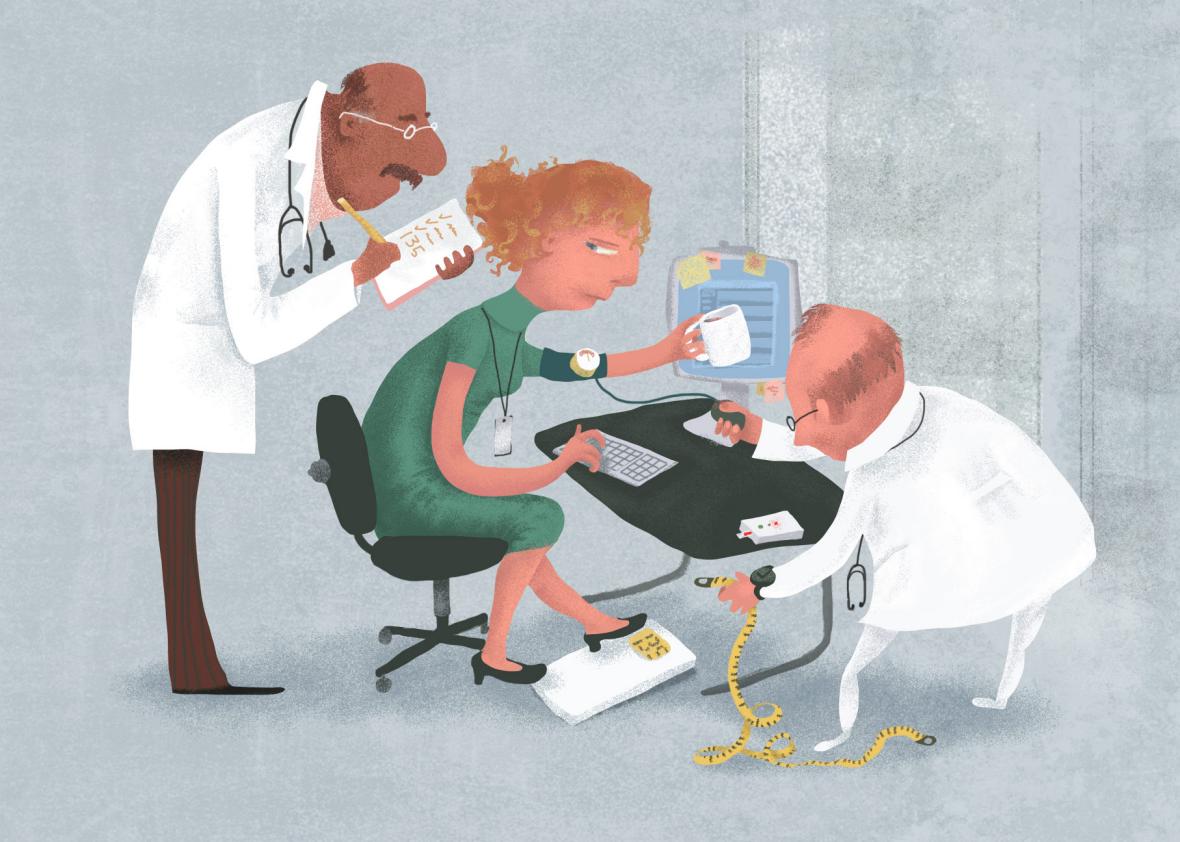
I took my “biometric health screening” this week so I could get my 20% discount off of next year’s health insurance (a “workplace wellness” program that is, in fact, a sham) and I’m happy to say I crushed it. HDL Cholesterol up four points since last August, Triglycerides down 12 points. Total cholesterol the same.
What really surprised me were my vital signs. My blood pressure was so good the phlebotomist opted to check it again. I recorded 119/59. My resting heart rate was an astounding 42 BPM! All my life I’ve had good heart rates, sometimes dipping into the 40s when I was a healthy teenager, but I’d never seen one as low as 42 before.
All told, I would say my renewed exercise is paying off. 🙂
